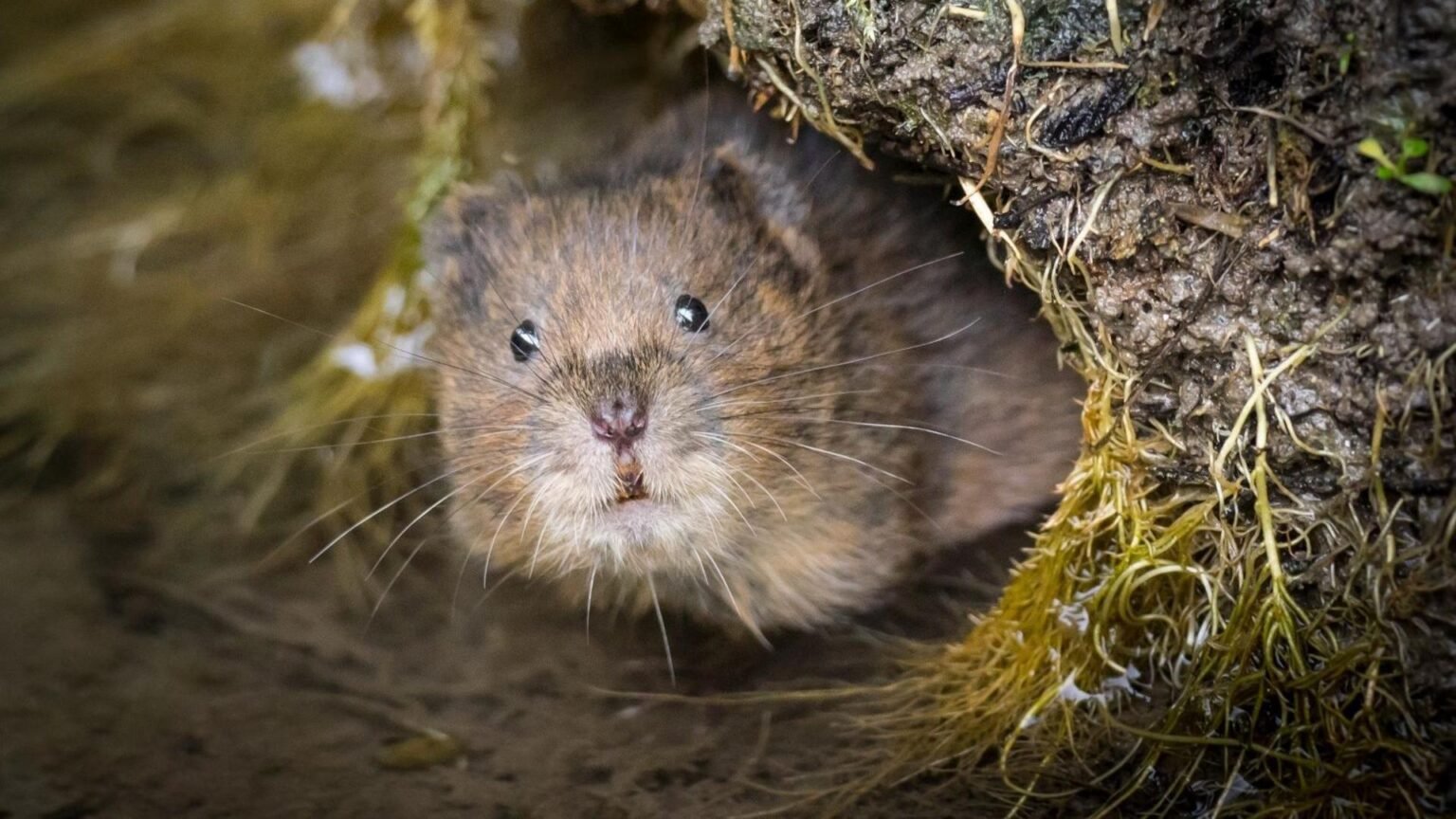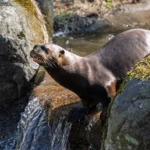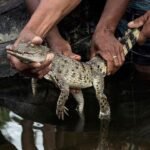Water Voles Lake District Release Set for August
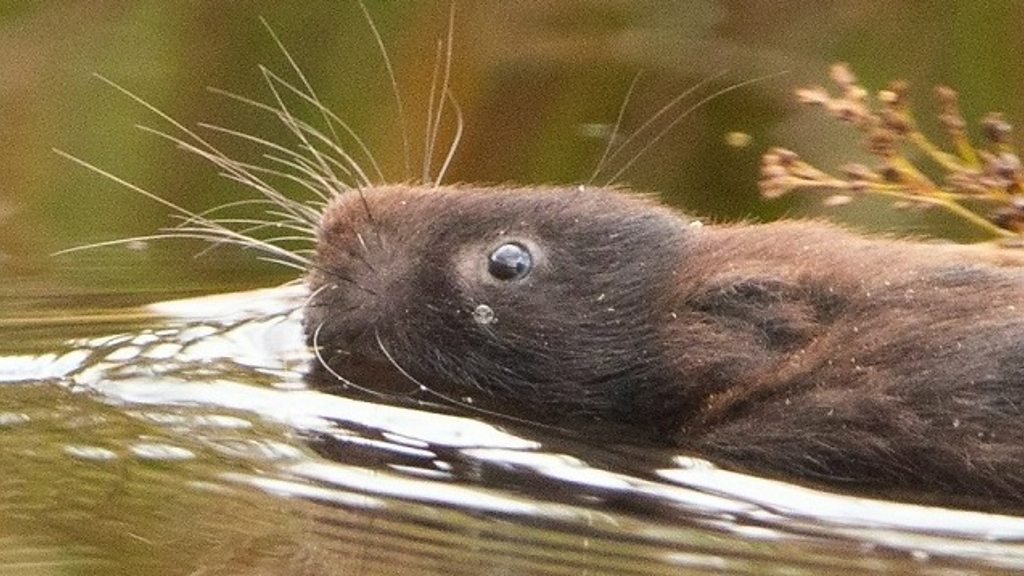
The water voles release in the Lake District is set to begin on 12 August, as about 100 of these endangered mammals are reintroduced into Wild Ennerdale. The initiative, led by Forestry England, marks a significant step in restoring water vole populations in the UK by creating safe, mink-free habitats within the national park.
Why the Water Voles’ Return to the Lake District Matters
Water voles once thrived across the UK. They inhabited rivers, streams, canals, and wetlands. However, their numbers began to plummet in the 1970s. The decline was largely due to habitat loss and predation by American mink, an invasive species introduced through the fur trade.
Today, water voles are listed on the UK Red List of endangered mammals. Their return to the Lake District marks a significant step toward reversing years of population decline.
Ensuring a Safe Water Vole Habitat in Wild Ennerdale
Wild Ennerdale offers an ideal release site. It provides clean water sources, dense vegetation, and monitored protection against predators. Hayley Dauben, species reintroduction officer at Forestry England, expressed confidence in the site’s suitability.
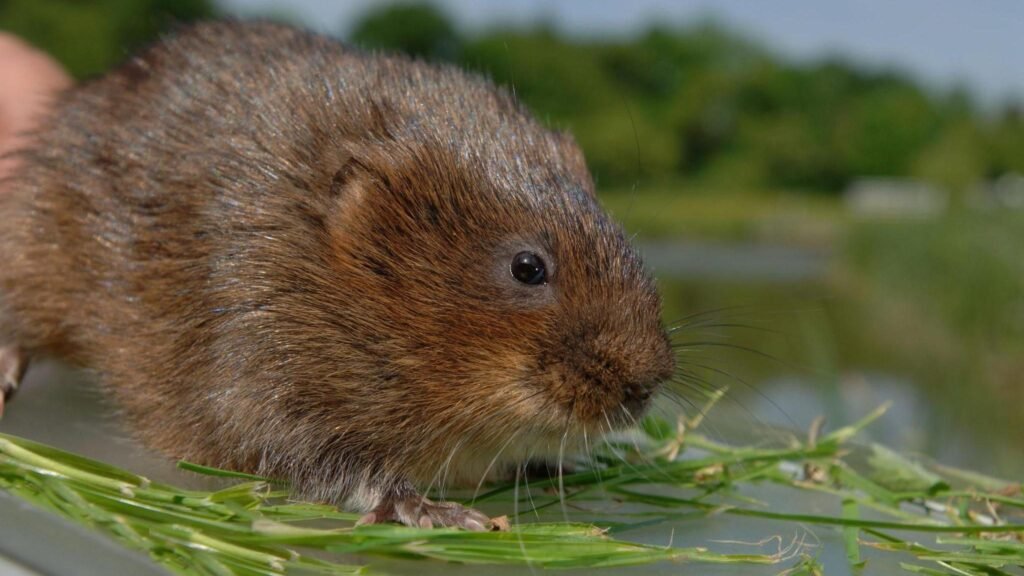
“We’ve been preparing the habitat for over two years,” she said. “We believe it offers an excellent environment for water voles to thrive.”
Targeting the American Mink Threat
The presence of American mink is one of the greatest challenges for water vole survival. These predators can devastate local vole populations in a short time. To counter this, the Forestry England team has implemented a rigorous monitoring and trapping system around River Ehen.
Since August 2024, mink traps have been placed strategically along the river, preventing them from entering the valley. “Our traps are working effectively,” Dauben confirmed. “We’ve seen no signs of mink above the lake, which gives us hope.”
Next Steps After Release
Once the voles are released, the focus will shift to monitoring their movements and ensuring they settle in suitable areas. The team will track how the water voles spread through the landscape and whether they adapt to their new environment.
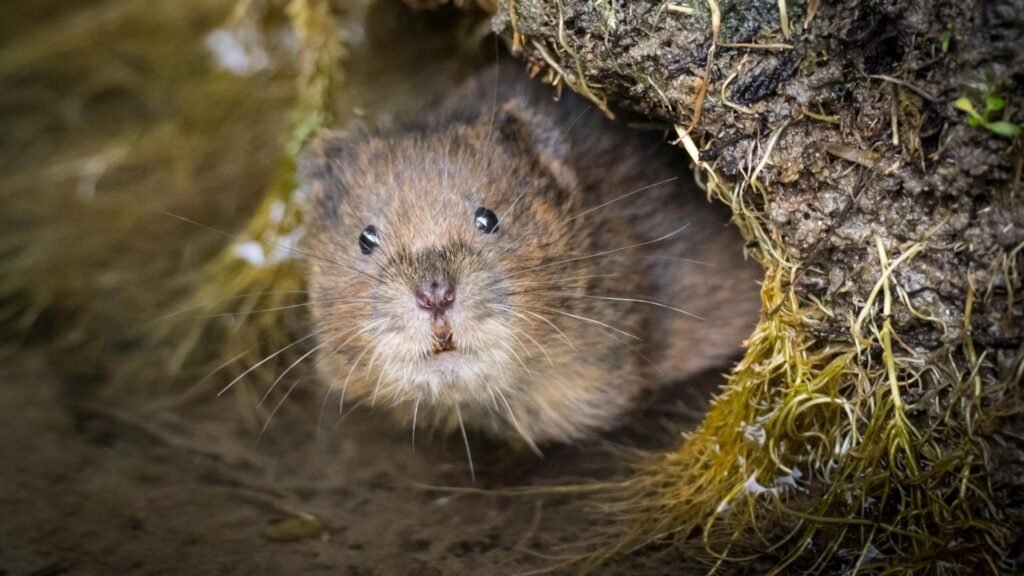
The ultimate goal is to establish a self-sustaining population in the region, free from predators and human disturbance.
Why Water Voles Matter
Water voles are more than just cute riverbank residents. They play a critical role in wetland ecosystems by maintaining healthy vegetation and providing food for larger predators. Their burrowing also helps with natural water drainage and soil aeration.
Reintroducing them not only helps biodiversity recovery but also restores ecological balance in wetland areas.
A Broader Conservation Vision
The Lake District project is part of a wider strategy by conservation bodies across the UK to rewild native species and manage invasive ones. Similar water vole releases are being planned in other parts of the country as habitat restoration continues.
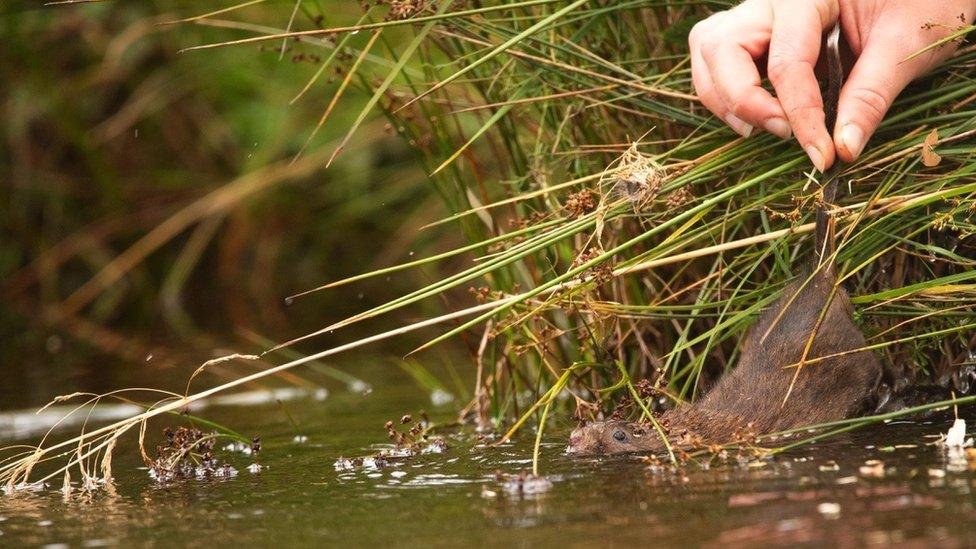
Public support and awareness are also key. Visitors to the Lake District can help by sticking to designated paths, not disturbing wetlands, and reporting any sightings of mink or voles to park authorities.
